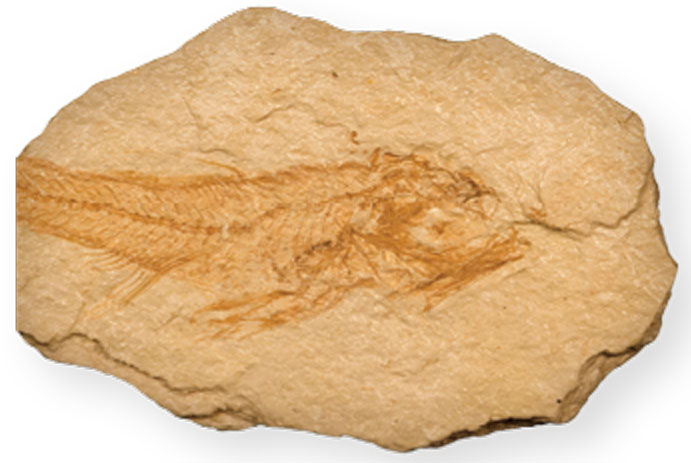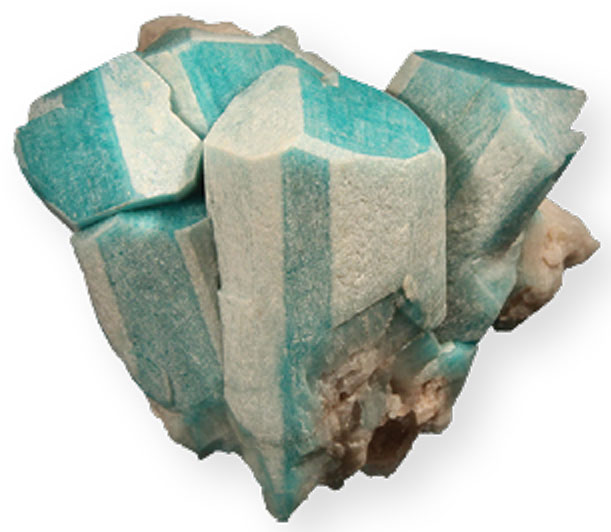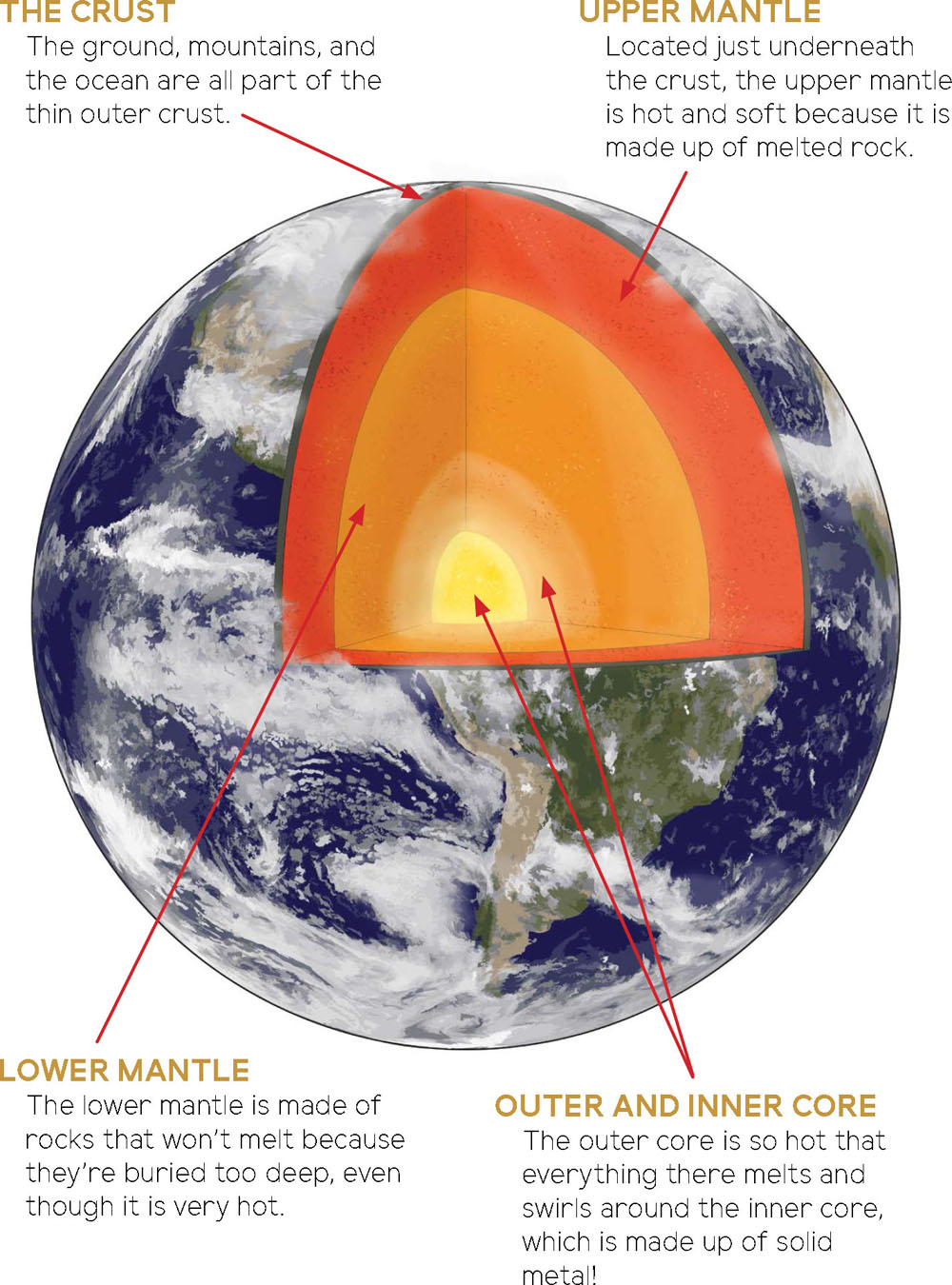


DEDICATION AND ACKNOWLEDGMENTS
Thank you to my wife, Julie Kirsch, for her unending love, understanding, and support for my books and literally every other aspect of life.
And thank you to Emily Dix, Ron Pomper, and Steve Turnbull for their advice, encouragement, and enthusiasm for this project.
Disclaimer This book is meant as an introduction to the practice of rock collecting in general. It does not guarantee your safety when rock collecting in any waywhen rock collecting, you do so at your own risk. Neither Adventure Publications nor Dan Lynch is liable for property loss or damage or personal injury that may result from rock collecting. Before you go rock collecting, be sure you have permission to collect on the location, ensure that an adult or adults are present, and always avoid potentially dangerous locations, such as cliffs, areas with moving/deep water, deserts, or areas where wildlife (bears, snakes, cacti, insects) may be a concern. Some rocks and minerals (such as those containing lead) can also be potentially hazardous, so you should always be able to recognize such specimens before you go into the field. (Youll likely need to refer to other field guides or experts to do so.) Finally, be aware that many national, state, and local parks do not allow rock collecting, so again, only collect where you are allowed to do so.
Edited by Brett Ortler
Cover and book design by Jonathan Norberg
Photo credits
Front cover: Jonathan Norberg (top)
All photos by Dan R. Lynch unless otherwise noted
NASA/NOAA GOES Project:
10 9 8 7 6 5 4 3 2 1
Copyright 2018 by Dan R. Lynch
Published by Adventure Publications
An imprint of AdventureKEEN
(800) 678-7006
www.adventurepublications.net
All rights reserved
Printed in China
ISBN: 978-1-59193-773-9; eISBN: 978-1-59193-774-6
TABLE OF CONTENTS
All About Geology
If you want to collect rocks, it helps to know a little about geology. Geology is the study of the Earth and what its made of. Geology also explores the Earths history and how it has changed since it formed long ago.

A scientist who works in geology is called a geologist . A geologist studies rocks and minerals and everything else about the Earth beneath our feet.

Rocks and minerals are very important to understand because they make up the Earth and because we use them every day. We use rocks to build houses and walls, and we use minerals to make many things, like coins, computers, and glass. But we can also use rocks and minerals to learn amazing things, like the age of the Earth and what kinds of animals lived long ago.


Rocks and minerals are also fun to collect! By picking up rocks and writing down where you found them, you can learn a lot about geology. And you can build your collection every time you visit a new place. But youre not allowed to collect just anywhere! Check out page 126 to make sure its OK to collect where you are. And when in doubt, ask first!

OUR EARTH
The Earth is always changing. The mountains, oceans, and rocks seem like they will be here forever. But they will be gone someday, and something new will be in their place. These changes happen because of the Earths geology.
The Earth is made up of layers. The outside of the Earth, where all the plants, animals, and people live, is called the crust . The crust is like a thin, hard shell of rock on the surface of the planet. It has all the mountains, plains, oceans, and deserts that we see, but the crust is affected by the layers beneath it.
Deeper inside the Earth, there is another layer called the mantle . It is very hot and made up of melted rock. Its so far down that we cant dig there. The melted rock in the mantle is called magma. The mantles heat is like a big oven, and all of that heat causes the crust above it to move around. Sometimes the magma pushes its way up through the crustwe call that a volcano!
Deeper down, there are even hotter layers, and some of those layers are melted and others are solid. At the very center of the Earth is a hot, solid core made of metal.
When we study geology, we look at what the Earth is made of and how the inside of the Earth moves and changes. Geology also involves how the weather can change the Earths surface long-term. Over a long time, wind, rain, and ice can wear down rocks, and even whole mountains can be worn away!
INSIDE THE EARTH

LANDFORMS AND TECTONIC PLATES
Hills, mountains, and canyons are all examples of landforms , or features that occur on Earth. But have you ever looked at a mountain or an ocean and wondered how it formed? In most cases, its because of tectonic plates.
The thin outer crust of the Earth is made of many separate pieces, which are called tectonic plates . These plates fit together like giant puzzle pieces. Tectonic plates are always moving because of the hot, melted rock flowing underneath them. Some plates move away from each other, some crash into each other, and some slide past each other. These different actions can make all kinds of landforms, such as mountains, valleys, and even volcanoes! Most of the continents sit on top of their own tectonic plate, while most oceans are on top of more than one. The map below shows all of the Earths most important plates, which are outlined in yellow.

Lets look at a few ways tectonic plates can move:
CONVERGENT MOVEMENT
(coming together)

When two plates smash into each other, sometimes one is forced under (where the rock melts) and the other is pushed upward. This can make mountains.
DIVERGENT MOVEMENT
(separating)

At the bottom of the ocean, plates are often pushed apart by rising magma (melted rock). This creates underwater mountain ranges; plates moving apart on land produce valleys that eventually become seas.
Next page





















